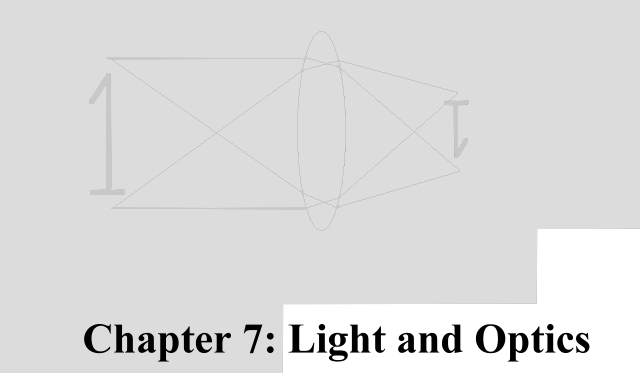
Time Lapse Photography
- Science Toys
- Magnetism
- Electromagnetism
- Electrochemistry
- Radio
- Thermodynamics
- Aerodynamics
- Light and optics
- Simple laser communicator
- Make your own 3D pictures
- Making permanent rainbows.
- A solar powered marshmallow roaster
- Make a spectroscope from a CD.
- The impossible kaleidoscope
- Make a solar hotdog cooker
- Exploring invisible light
- A high resolution spectrograph.
- Time-lapse photography.
- High speed photography.
- Stacking photos for high depth of field.
- Biology
- Mathematics
- Computers and Electronics
Time Lapse Photography
I carry my digicam with me everywhere. It is an old Canon SD850IS. There are newer models available, with more features and more pixels, but this camera has been just fine for recording interesting things I see on my walks through the woods, and I have more professional DSLR cameras for studio work. But I recently came across some very nice free software called CHDK (the Canon Hack Development Kit) that I can load directly into my camera, that takes over its firmware and adds a lot of very nice features, such as ultra-long shutter speeds, ultra-fast shutter speeds, RAW mode, shutter priority, aperture priority, shutter, aperture, and ISO overrides, high speed bursts, shutter bracketing, aperture bracketing, ISO exposure bracketing, focus bracketing, high speed flash sync, motion detection, USB cable remote shutter release, and scripting in BASIC. It is that last feature that allows some amazing control of the camera. When you can write programs that run on the camera itself, and operate all of its controls and features, you can do some wonderful things. One of the things I have been playing with is time lapse photography. Because the camera can take 10 megapixel photos, the video can be very sharp. I reduced the size of the photos to 1920 by 1536 pixels, and then YouTube compressed them quite a bit in the videos shown on this page, but they still look pretty good. The originals played on my 30 inch monitor look stunning. The CHDK software loads onto the memory card that goes into the camera. If the write lock switch on the memory card is not locked, then the camera does not load it, and operates normally. If the write lock switch is on, the CHDK software takes over, and you get a much bigger menu of things you can do with your camera. To take time lapse movies, we use an included script called an intervalometer. This is a tiny little BASIC program that takes a picture, waits some number of seconds (you set that number), and then loops back to the start to take another picture. You set the number of pictures you want to take, or set the number to a very high value and let the memory card fill up. Once you have a bunch of photos captured, you can use another free software program Slide Show Movie Maker to convert all of the photos into a video. Then upload the video to YouTube for sharing. Both of the free programs have manuals that show how to use them, so I won't duplicate that here. Instead, I will show some more results. For more information on light and optics, see the Recommended Reading section. Next: High speed photography Del.icio.us- Science Toys
- Magnetism
- Electromagnetism
- Electrochemistry
- Radio
- Thermodynamics
- Aerodynamics
- Light and optics
- Simple laser communicator
- Make your own 3D pictures
- Making permanent rainbows.
- A solar powered marshmallow roaster
- Make a spectroscope from a CD.
- The impossible kaleidoscope
- Make a solar hotdog cooker
- Exploring invisible light
- A high resolution spectrograph.
- Time-lapse photography.
- High speed photography.
- Stacking photos for high depth of field.
- Biology
- Mathematics
- Computers and Electronics
Some of my other web sites:

Send mail to Simon Quellen Field via sfield@scitoys.com